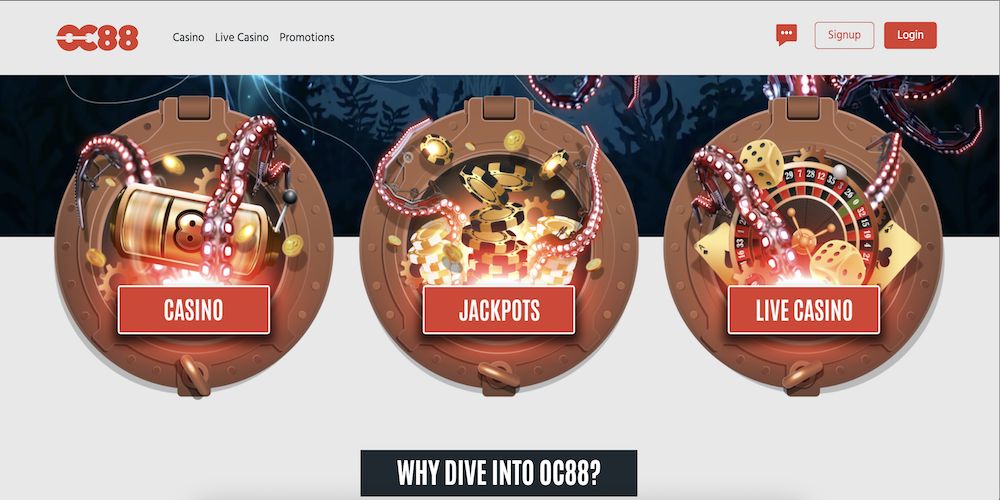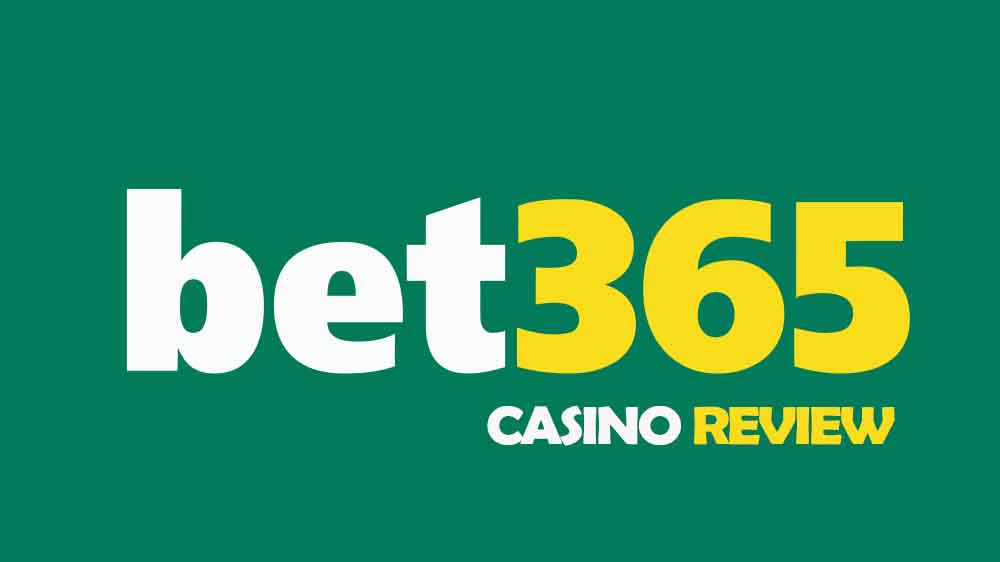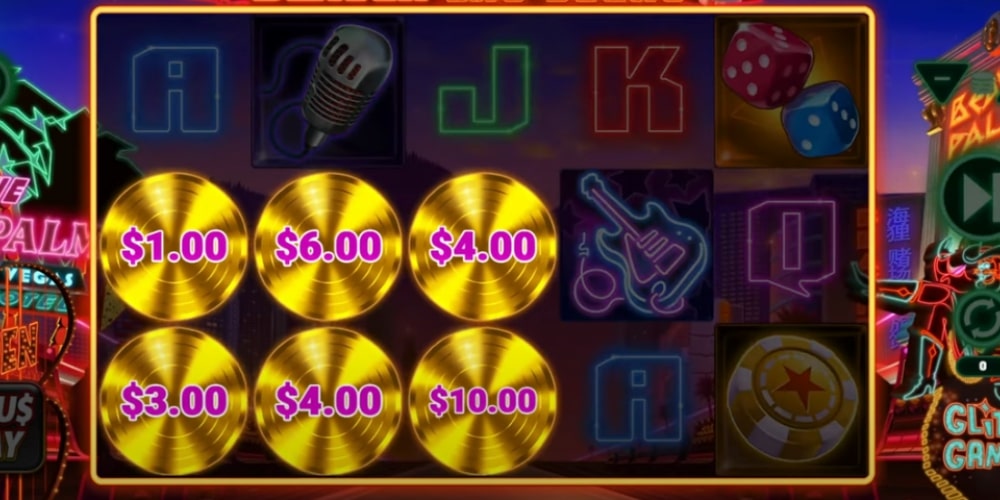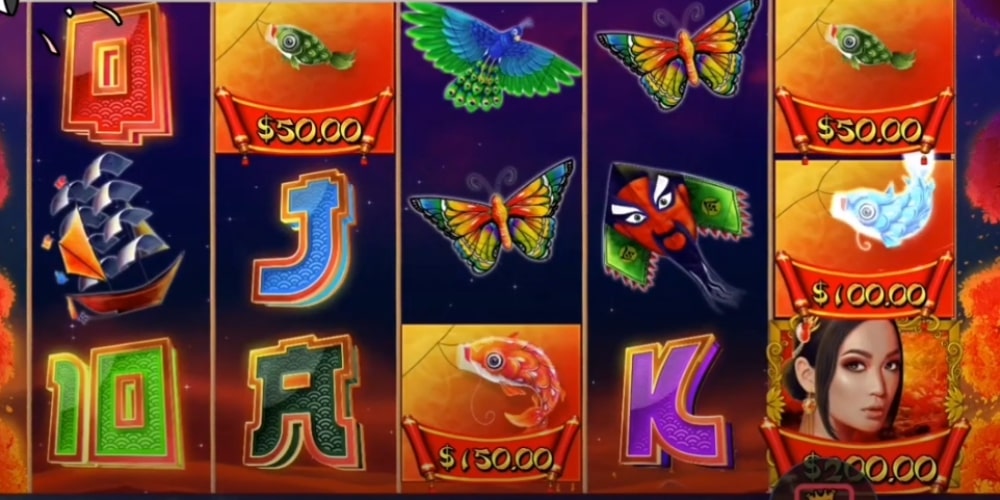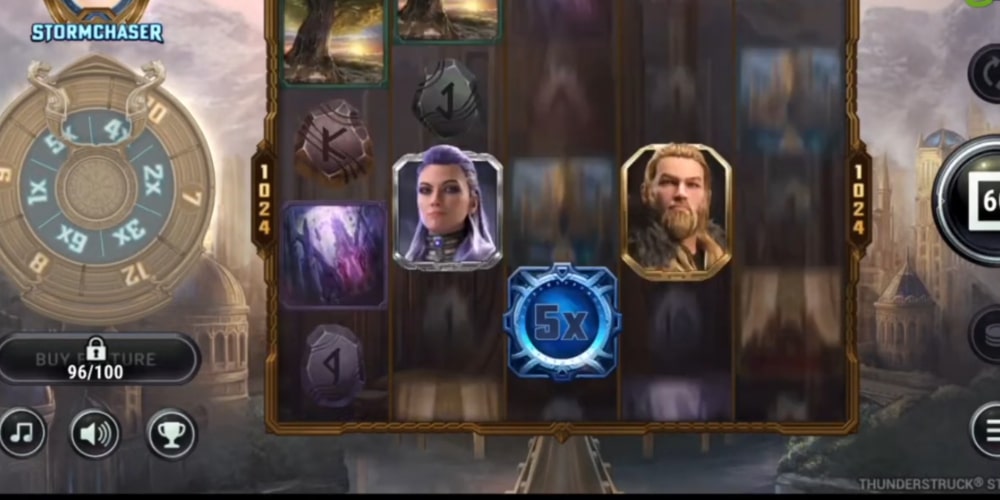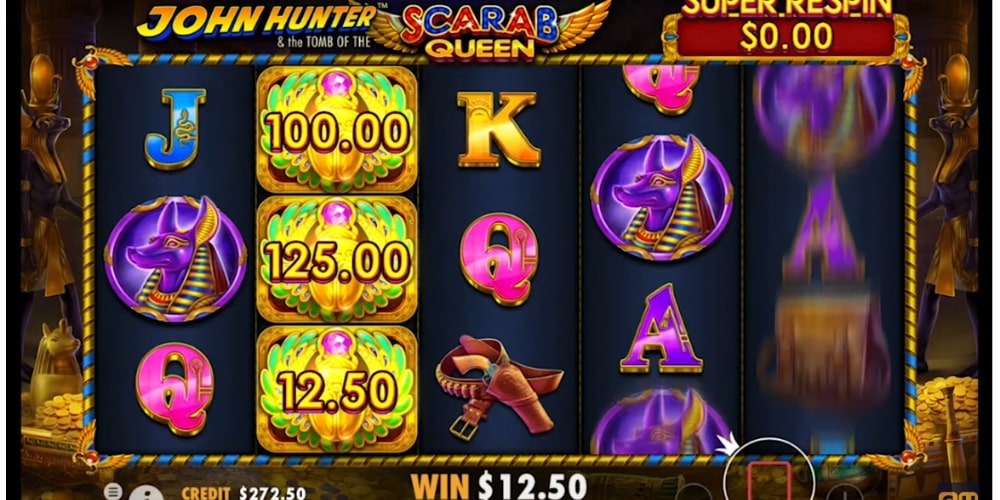Poker Guide
A Poker Guide
This is the poker guide for suave gentlemen or dusty cowboys. If you’re a fan of western movies, then you’ll know the old trope whereby a cowboy makes his way into the saloon. Inevitably there is always a group seated at a table, drinking whiskey and loudly playing cards. The chances are that they are playing poker, and a particular variant called ‘Texas Hold’em.” So if we are going to learn to play, we first have to study some of the many variations of this classic game.

A Brief History of Poker
The generally held belief is that the game of poker originated in the 1400’s in France. A game known as “Poque” was played with the same 52 deck of cards we enjoy today. But as for the betting, raising and bluffing, those are facets which appear to have been added during the mid 1700’s by gamblers in the Mississippi River Delta. By the 1800’s riverboat gambling was big business and you could play both straight poker and a stud version.
The Age Of Riverboat Casinos
These riverboats were responsible for the spread of poker far up the Mississippi and beyond. It was the later California Gold Rush which bought the game westwards. The American Civil War, fought between 1861 to 1865 was also credited with helping promote the game, as many soldiers had a lot of time to waste between campaigns. In 1850 the concept of “flush” was added and a while later “the Straight.” Then in 1875, the “wild card” started to appear. Community cards first appeared around 1925 and were used in Texas Hold’em. The negative stigma associated with playing poker in backrooms and saloon changed for the better when Benny Binion invited the 7 best poker players to compete in his casino in Las Vegas in 1970.
A Poker Guide: Texas Hold’em
When most people speak of playing poker, just like those cowboys, they’re probably referring to playing Texas Hold’em. This is by far the most played and most popular poker game on the planet. And it’s certainly the most common one you’ll find at any online poker site. But besides this there are a plethora of different versions of poker. Apart from the aforementioned Texas Hold’em, some more well known versions are Omaha and Seven Card Stud. Though many varieties of poker have the similar rules, there are enough variations to need a different rule book for some. Take a look at our Poker Rules for a more in depth guide.
Texas Hold’em
Probably the game you’ll always be coming back to is called the “Cadillac of Poker,” Texas Hold’em. Whether playing online or off, this is by a long ways the most universally popular form of poker. Everyone plays it with friends and family, whether you’re at home or out and about. it can be played as a ring game or as a tournament. The rules stay more or less the same. Moving along from Texas Hold’em, we have a Omaha poker. The rules of these two games is slightly different. Once you’ve mastered Texas Hold’em, then learning Omaha poker is a natural step.
Common Elements Of Poker
Before we start to analyze the differences between poker games, let make things simpler by starting with the similarities. One common element across many poker variants is the system of hand ranking. Now the highest ranking hand is the renowned “Royal Flush.” This consists of five cards belonging to the same suit, ranked from ace through to ten. The next ranking hand is the “Royal Flush,” which consist of five cards of consecutive ranking but all of the same suit. Moving along, the third best hand is called the “Four of a kind.” Then in order, we have the “Full House”, the “Flush”, the “Straight”, the “Three-of-a-kind”, “Two Pair”, “One Pair”, and “High Card” or “No Pair”.
A Poker Guide: How To Win
The winner is the hand that reaches the “showdown” with the highest rank. These ranking remain true for Texas Hold’em, pot-limit Omaha, five card draw and seven card stud. For fun, some people like to turn the game on it’s head, so to speak. They play “low-ball” games like razz or deuce-to-seven, where the idea is that the worst hand is declared the winner.
Blinds and Ante Bets
Blinds are bets that the players make before the cards are dealt….hence the term “blind.” There are Big Blinds and Little blinds and these are common in games like Texas Hold’em and Omaha. In stud versions of poker, the bets are called “antes”. An ante is a forced bet before the deal begins. All players put an equal amount of money or chips into the pot. As the game progresses players are free to place more bets, thereby increasing the value of the pot.
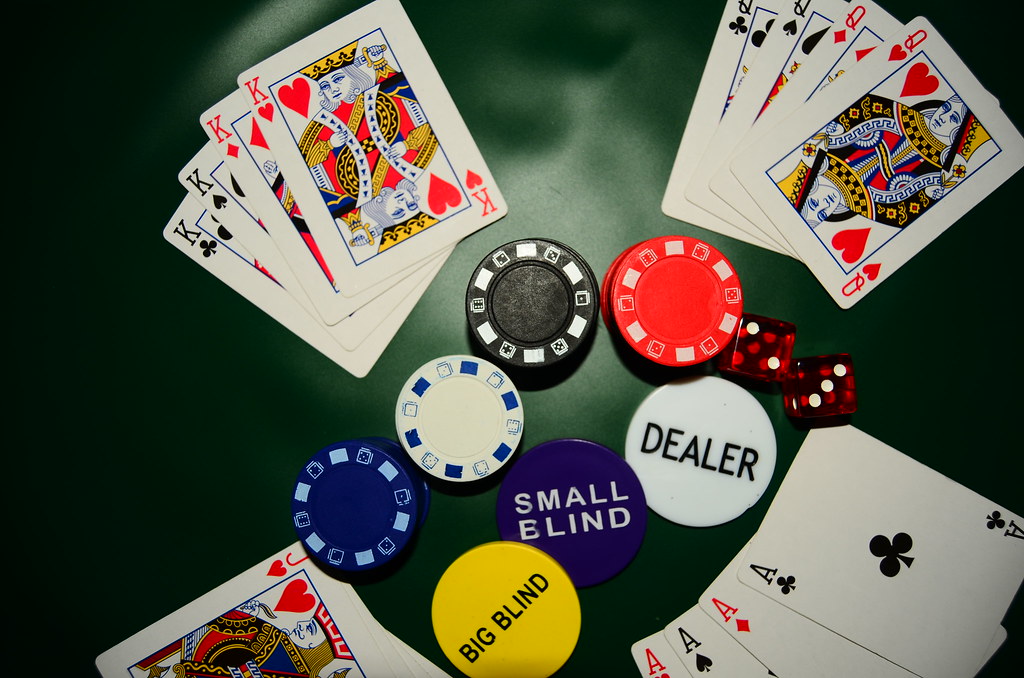
Limit vs No Limit Poker Games
Games during which a player can bet at any time, including going all in, are known as “No Limits.” Games where the upper size of the pot creates a limit on the amount a player can bet are called “Pot Limit” games. Limit games also include those where the betting is predetermined and players are not allowed to stray from those limits.
A Poker Guide: The Action
Essentially these are the “actions” you perform whilst playing. They include:
Check: Decline to bet
Fold: Withdraw from the hand, if someone else has already bet
Bet: Put a bet on the table
Raise: Place additional chips to matching your opponent’s bet and putting in a greater amount.
Call: Equal the bet of your opponents in order to stay in the game and continue to play.
These five terms are the basic building blocks of your poker game. So learn them! Now let’s have a look at the betting itself.
The Betting Rounds
Both Texas Hold’em and Omaha make use of “community” cards. These are the cards dealt face up for all to see. During these games, the betting rounds are referred to as follows:
Preflop: The bets are made before any community cards are dealt
Flop: The bets are made after the first three community cards are dealt
Turn: The bets are made after the fourth community card
River: The bets are made after the fifth and last community card
The Table Stakes
Another common poker rule you’ll come across in virtually all varieties of the game are “table stakes.” These are the same whether you’re playing online or off. Table stakes limit the amount you are allowed to bet to the amount you had on the table at the beginning of your hand. In other words, you can’t add any more as the hand is played. For example, if you have $200 on the table when you started your hand, you’re stuck with that throughout the whole hand. You can’t add to it halfway through the play.
Practice Poker Online for Free
On the 1st January 1998, the very first hand of online poker was played with real money. Today we have a choice of thousands of web sites across the globe. All being played by millions of players every day. Playing poker online at Bovada Casino tends to be faster and comes with less risk. It’s certainly more accessible as you can play anywhere and at any time. And probably on the same device with which you’re reading this. have a look through our list of the best poker jackpot reviews to find the best casino to play.
A Poker Guide: Read The Rules
Now you have a pretty rough idea about how the game works, it’s time to head over to our Poker rules to get to grips with the nitty-gritty. Once you feel you’re starting to master it all, then a simple online search will bring up any number of free poker sites. These are great places to practice, and all without fear of losing any money. Once you’re a free site poker Jedi master, then try your hand with proper online poker sites.

Playing Poker Online
The requirements to get started are minimal. But you do need to be over 18 and there is going to be some form of age verification check. There are a plethora of real money poker apps available from either the Apple App Store or from the Google Play Store. Also, you don’t need much money to get started as your bets can be as small as $.01/$.02. It’s always a good idea to look for a site offering a nice welcome bonus.
Watch Your Bankroll
You’ll need to deposit money into your poker account. This usually requires a credit or debit card. Many sites, like Bovada Casino also accept payments from e-wallets such as Neteller, PayPal or Skrill. Then you can begin in earnest on a real money site with a bankroll of between, say, $50 – $200, and that’ll keep you playing for a very long time. Take your time and don’t bet the house in one go. If you have a bankroll of $50, then stick to the $1 betting tournaments to begin with. Build up some more dollars before you start betting bigger.
Click here to visit the Intertops Poker







